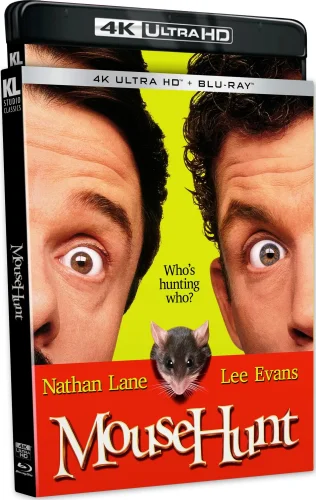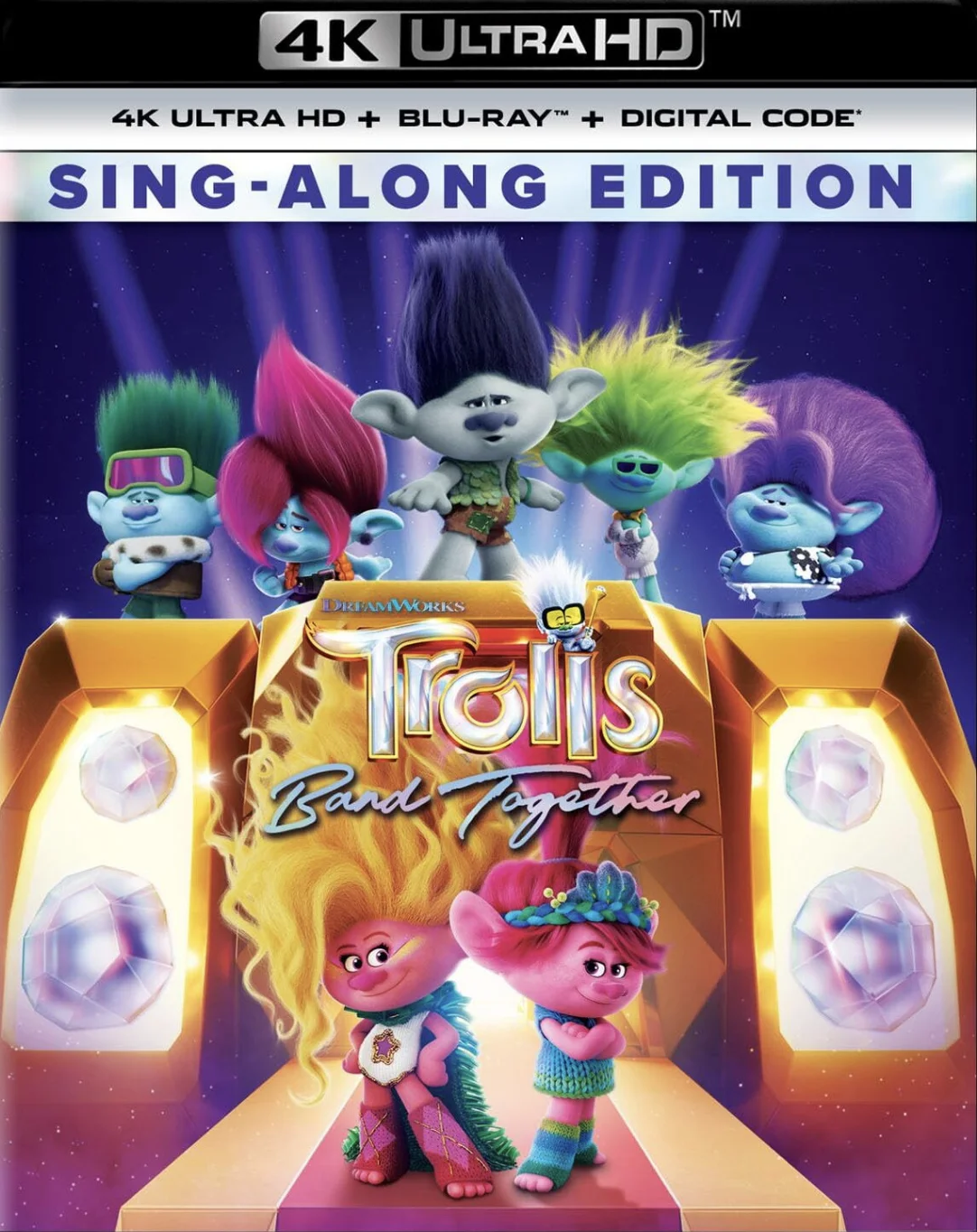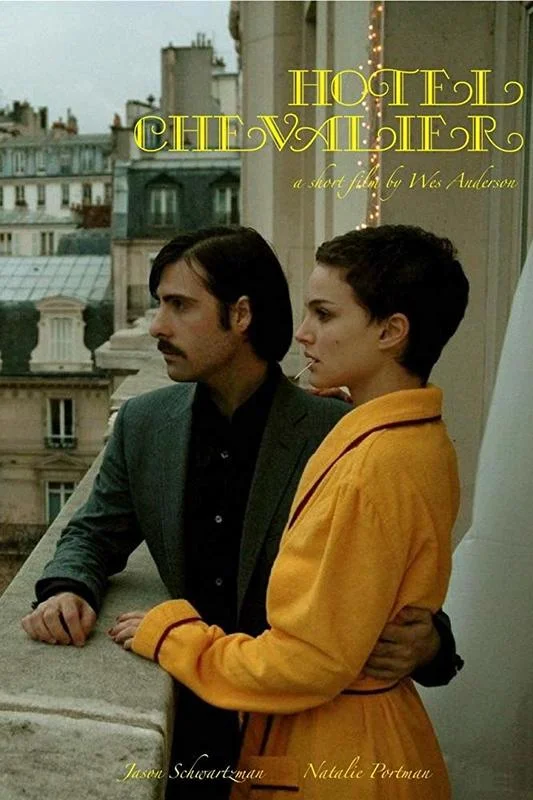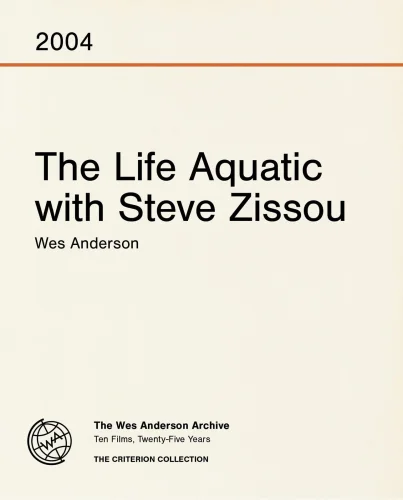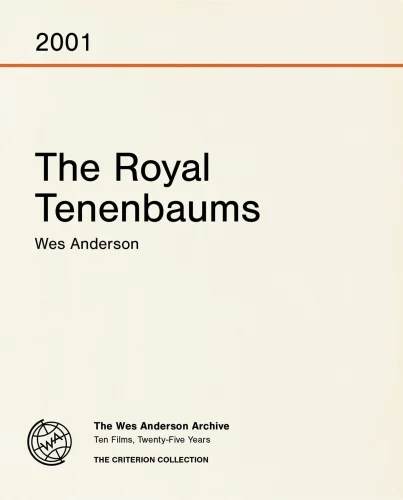The Darjeeling Limited 4K 2007 Ultra HD 2160p
Three dim-witted brothers, who haven't spoken to each other for a whole year after their father's death, find themselves on a train traveling across India. They ended up here after heeding the call of the eldest to reunite on a journey that should help them understand and find themselves, restoring their weakened family ties. However, this noble endeavor soon goes off course: the distrustful relatives begin to argue and try to fight, resulting in them being dropped off in the middle of the desert. And, of course, this is far from all the troubles that await them, especially when you consider that the true purpose of the journey, initiated by the seeker of spiritual balance, is somewhat different from what he told his brothers.
User Review
This is not the first time Wes Anderson has set himself the goal of studying a family during a critical period in the lives of its members. Unlike many Hollywood family films, Anderson does not preach traditional American family ideals and thoughts of family unity in the face of shared misfortune/happiness; rather, Anderson mocks such universally accepted norms. This is especially evident in his near-masterpiece The Royal Tenenbaums, where the director takes such an extraordinary family and brings them together under one roof in such a way that sooner or later it will lead to them wanting to kill each other.
The Darjeeling Limited, which, thanks to our distributors, received the inappropriate sequel title The Desperate Travelers, has nothing in common with a traditional family film, not even last year's hit Little Miss Sunshine, which also sent family members on a “desperate journey.” Well, apart from the fact that both films are vivid examples of road movies, and that when watching each of them, the viewer, one way or another, is immersed in this intellectual, semi-entertaining tragicomic cocktail with famous actors and a stunning “desperate journey.”
The film begins with a very funny scene: Bill Murray is riding in a taxi, the taxi driver is speeding, but Bill still has to run after the train. In this episode, in particular, you have to watch Murray's facial expression, which is guaranteed to make the viewer smile. Next in the frame is Peter, played by Adrien Brody. More precisely, as is often the case with Brody, Adrien Brody's nose appears in the frame first, and only then does Adrien Brody himself appear, deftly catching up with the train and nimbly jumping on board.
This is where most of the action of the film unfolds, sending the “desperate travelers” in the direction of Darjeeling, little do they know that during this time the train will manage to get lost on the tracks, the heroes will quarrel, fight, and be dropped off halfway to their destination.
The heroes also have two goals, the first announced by Francis (Wilson) — a “desperate journey” is necessary for the spiritual unity of the brothers, who have not communicated for the last year, after the death of their father. And he himself was the first to think about this when his character was revived after a car accident, where he almost lost part of his face. The news of Wilson's suicide attempt was a bit of a shock at the time, and it is more realistic for his character in the film than for the Hollywood actor, but the character in the film turns out to be a much stronger person, since he decided to reconcile the brothers. However, he didn't have the courage to immediately tell them about the second goal of their “desperate journey.” Perhaps he couldn't, or maybe he didn't want to confront his brothers with the fact that they had gone to India to find their mother, whom they hadn't seen in a long time.
India is, of course, a wonderful country, especially considering that there are so many temples, mosques, churches, and synagogues on its territory that there is enough for any “desperate travelers” seeking unity through religion. Fortunately, Andersen does not turn the film into a religious canvas with the moral that there is enough God for everyone, just bow down to one of the religions and you're “in.” Anderson shows scenes in temples as another place for emotional communication between brothers; he does not emphasize that this is the church of one god and that is the church of another, and even more so, he does not try to lead the viewer on the path of purification and unity within the walls of beautiful temples. It is necessary to show the brothers' affiliation with one of the religions, because despite its unconventional structure, the film is about an American family, and its closeness to the church is simply a must in an American family. But the viewer can decide for themselves whether Anderson is using this as another joke or not.
In addition to the comedic moments, the film has some truly tragic episodes that leave a strong impression. For Anderson, bringing the viewer closer to India is not an end in itself; there are no attempts to show the customs of the country or, in a broader sense, its culture, except for some landscapes, and even then only the most deserted places, and a little architecture. I will not judge how Indian it is, since the country of origin of the film is listed as the United States.
Another stunning episode is the one during the characters' meditation, showing a composition of “strange carriages” that draws the viewer's attention to other characters in the film, who are often mentioned in the characters' conversations but who do not have even a single page of script text between them. The episode is simply stunning, especially its background, with changing landscapes in the window behind the secondary characters, turning even Brandon's flight on an airplane into an exciting “desperate journey” along the railways of India. Yes, Natalie Portman also flashed by in one of these cars.
In general, Anderson's latest tragicomedy is a blast to watch, unless, of course, the viewer was raised on low-quality comedies, in which case this film is strictly contraindicated. Thoughtful viewers will find something to think about here, although Anderson does not try to hide anything in the train car. The film is magnificent in every way, from Anderson's beloved “slow motion” effect to the actors' performances.
Info Video
Codec: HEVC / H.265 (95.4 Mb/s)
Resolution: Upscaled 4K (2160p)
HDR: Dolby Vision, HDR10
Aspect ratio: 2.40:1
Original aspect ratio: 2.39:1
Info Audio
#English: DTS-HD Master Audio 5.1 (48kHz, 24-bit)
#Spanish (Latino): Dolby Digital 5.1
#Spanish: DTS 5.1
#French: DTS 5.1
#Italian: DTS 5.1
#Japanese: DTS 5.1
#German: DTS 5.1
Info Subtitles
English SDH, Chinese (Cantonese Traditional), Chinese (Simplified), Chinese (Traditional), Czech, Danish, Dutch, Finnish, French (Canadian), French (Metropolitan), German, Greek, Hindi, Hungarian, Italian, Japanese, Korean, Norwegian, Polish, Portuguese (Brazilian), Portuguese (European), Romanian, Russian, Slovak, Spanish (Castilian), Spanish (Latin American), Swedish, Turkish.File size: 66.10 GB

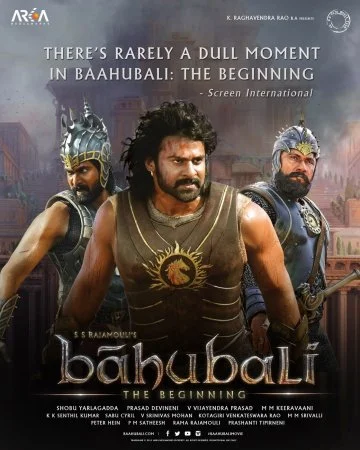

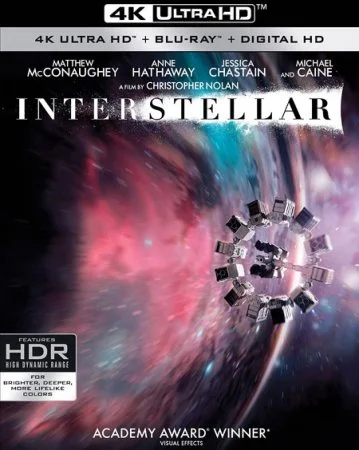
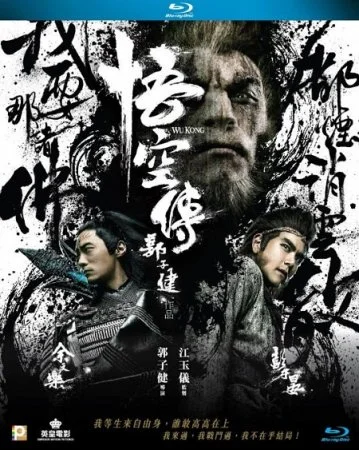
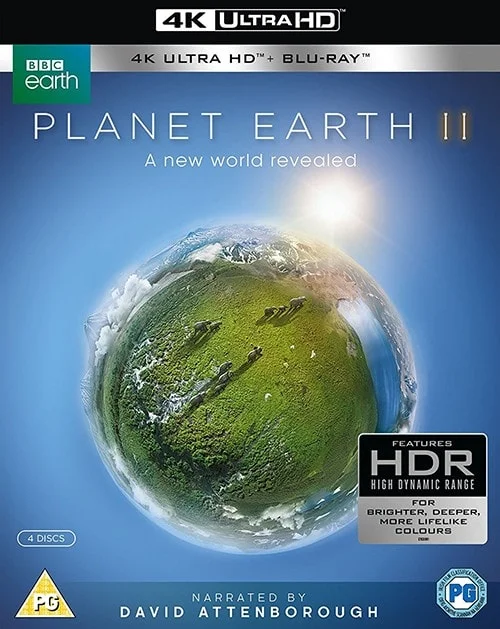
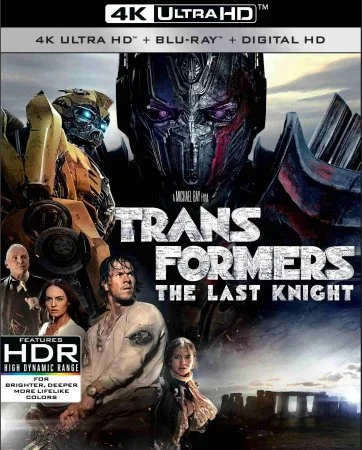
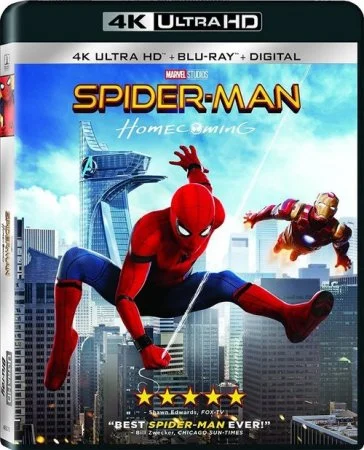
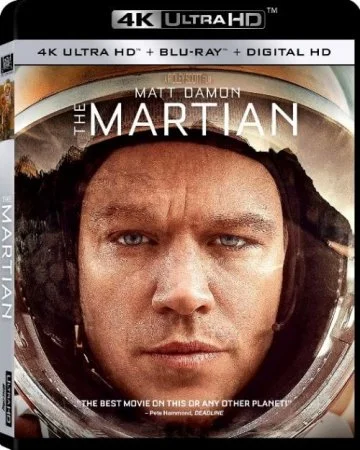
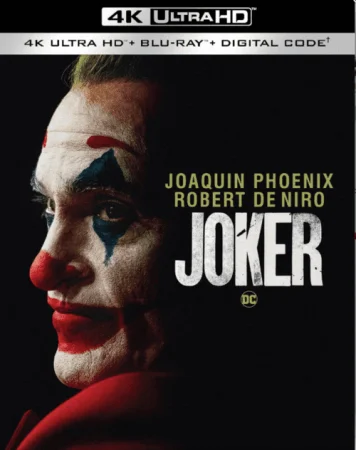
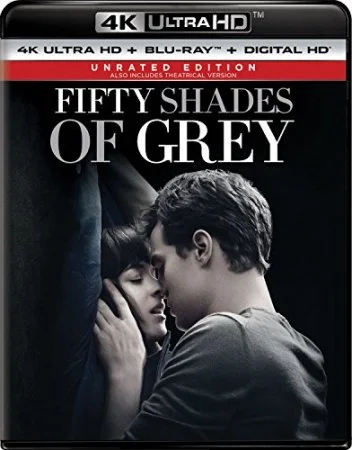
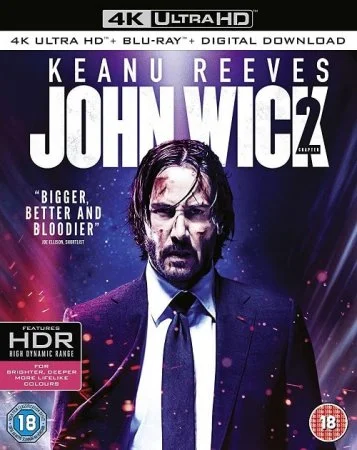
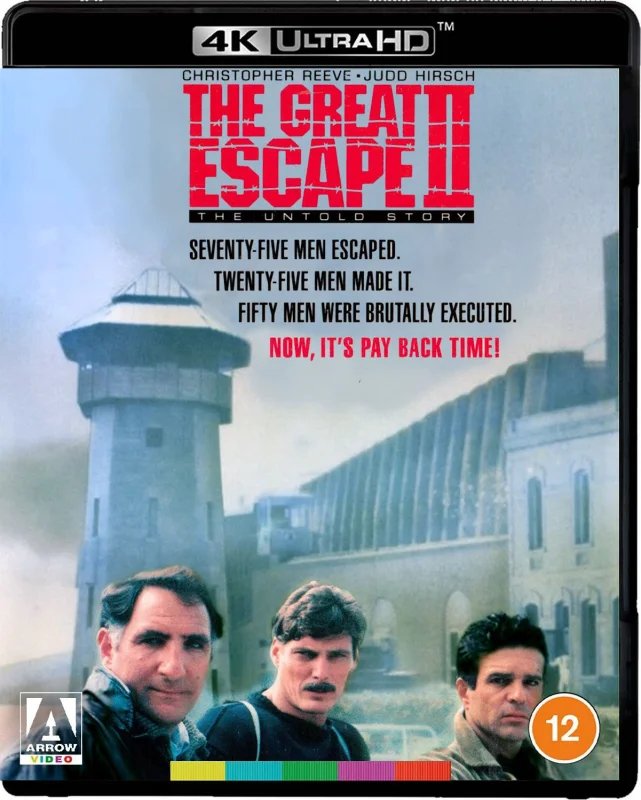
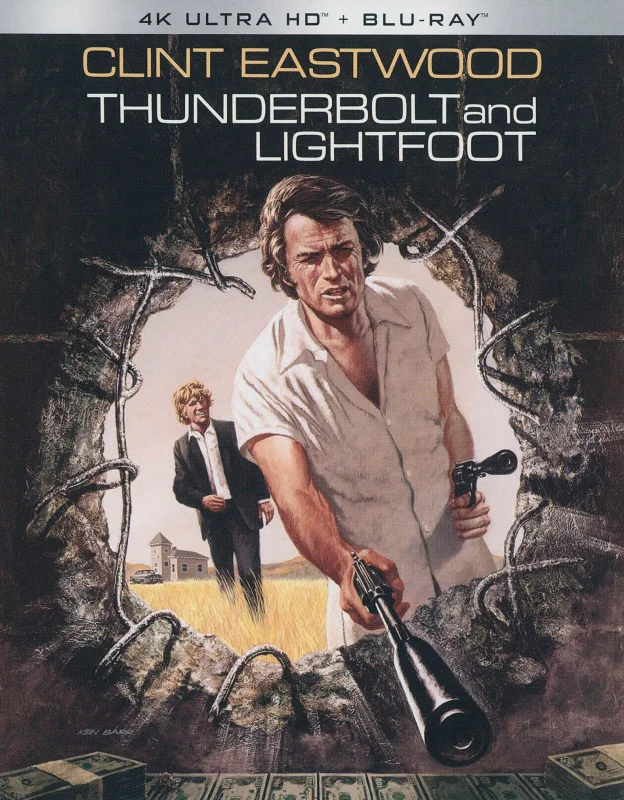
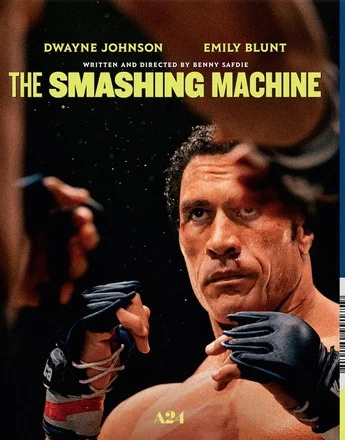

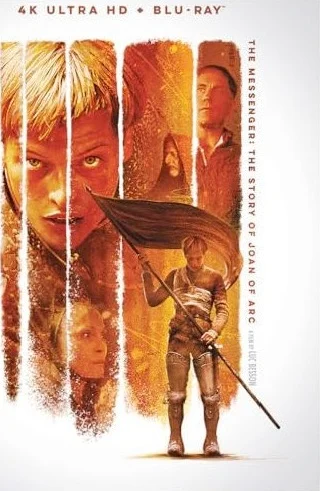

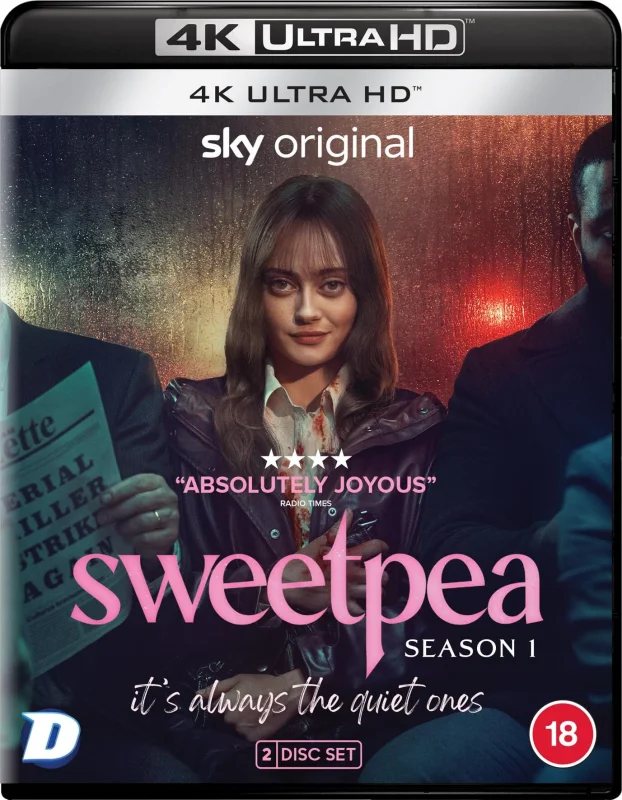
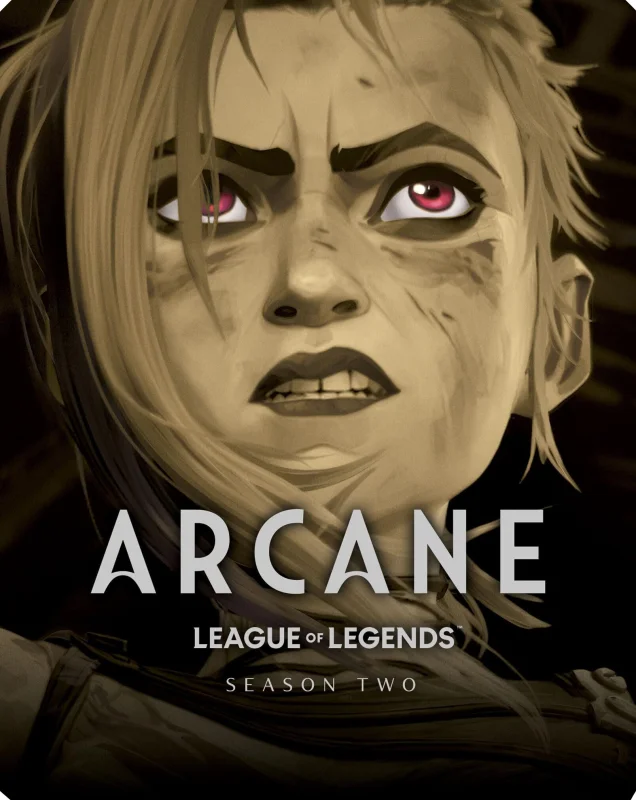
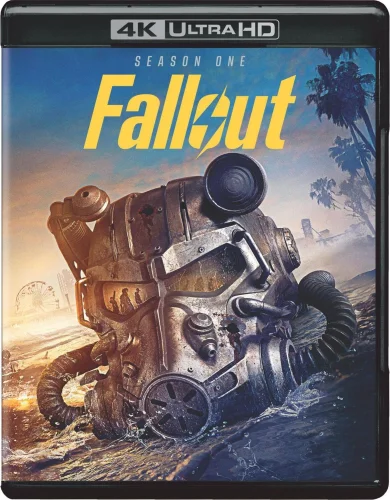
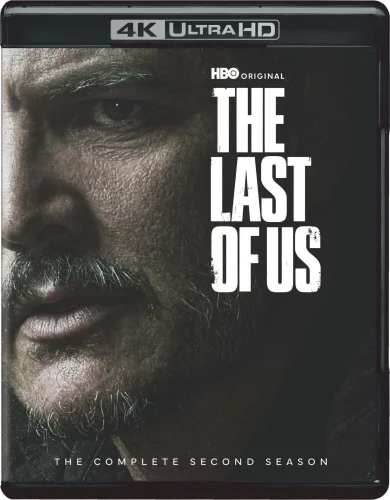
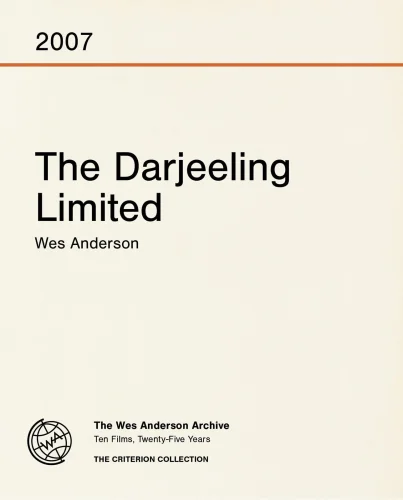
 Like
Like Don't Like
Don't Like